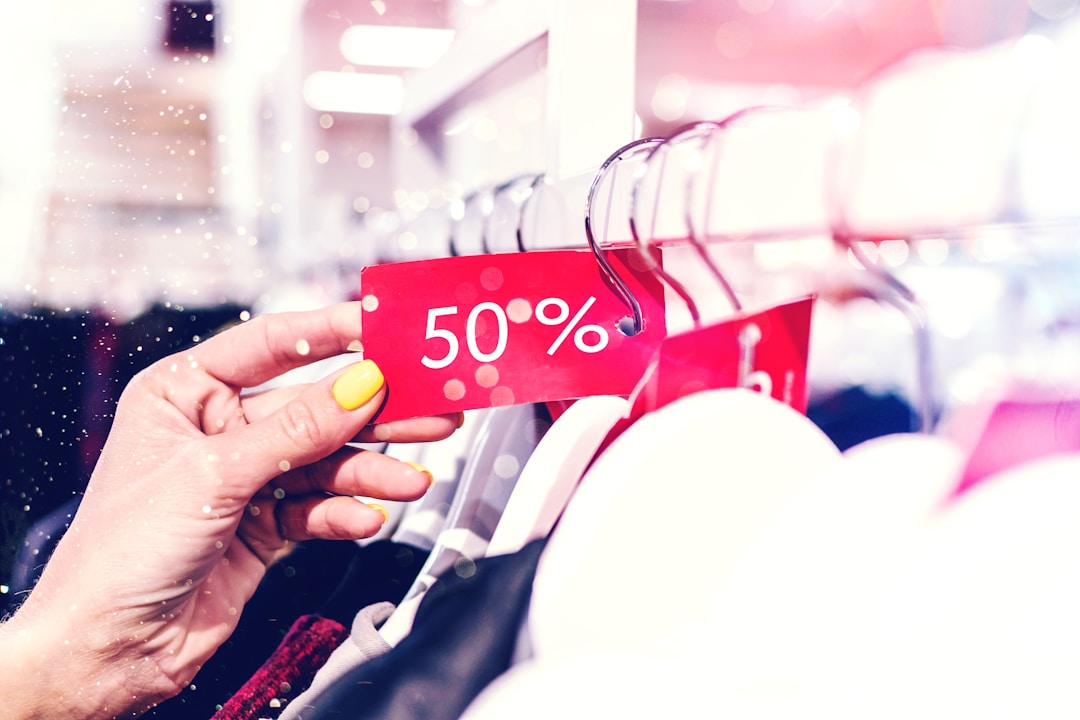At a glance, it seems fairly simple. Wholesalers and bulk sales brands buy low and sell high. However, even with this general model, how are these brands able to earn a profit? To answer that, you need to know a bit more about wholesaling and bulk sales fundamentals.
From developing cost controls to rethinking sales structures, there are a few techniques bulk sales brands employ to ensure they continue to grow. Here’s what you need to know about the industry.
Cost controls are the foundation of any good bulk sales brand.

Suppose you sell bulk jump drives and flash drives. You know the cost of producing a USB flash drive is minimal, even with a higher GB capacity. Since USB sticks are cheap to produce, you can acquire your products at a lower per-item price. Ultimately, you want the largest gap between your flash drives’ purchase price and their final sale price as they move to the consumer. Of course, this works beyond examples of flash drives and memory sticks. While thumb drives are a great example, wholesaling isn’t confined to USB drives and data storage solutions.
Some brands, especially beauty and cosmetics retailers, buy products like nail polish, nail strips, and glitter packs in bulk. With nail stickers and stick on nail polish, manufacturers might not even offer their products by count, so bulk is the only other option. On occasion, you can find the odd promotion for different bulk sales. You may even be able to search promotions for one that fits your target audience. However, since many wholesalers buy at cost, promotions are less common, regardless of your products. Be it glitter or memory sticks, it’s important to strike a balance between a cheaper bulk purchase and a solid, worthwhile product.
Bulk breaking increases per-item profits.
A wholesaler is more likely to buy large amounts of products. When those products move to the retailer, that individual will break the bulk for consumer sale. After all, unless you’re going to Costco, you likely aren’t looking to buy in bulk. While some retailers can secure a direct bulk purchasing line with the manufacturers, typically, this depends on the bulk sales brand itself. From lanyards to bulk USB drives, you’ll still sell products at a markup to the retailer. This is because you’re offering added value and convenience in the supply chain.
Price adjustments help you match customer expectations.

If a bulk sales brand doesn’t believe their custom flash drives or nail file and buffer packages aren’t turning a profit, it can raise prices accordingly. Then, you can take a step back and observe customer behaviors and responses. If your sales stay consistent, the price rise may be able to turn a profit on its own. If sales dip, you can think about rethinking your product line a little bit. It’s a great way to gauge how customers interact with your brand and also build your company name in the process. While this might not enable you to compete with the likes of Walmart, it can help a brand develop its name and begin the growth process.
Market yourself more effectively.
Since many bulk sales brands operate digitally, it means the market is fairly competitive. Without the right marketing efforts, it’s harder to build a durable brand name. The next time you look at your website and your product catalog, imagine that you’re a customer. Are the pages optimized? Are you easy to find through a search engine? Do you run any ads or SEO campaigns? With all this potential at your fingertips, it’s important to use marketing to your advantage.
Whether you’re selling decals and polish strips or flash memory for video files and 2GB thumb drives, it’s important to find ways to stand out as a bulk sales brand. With the right catalog and customer service efforts, it’s easier to succeed.
